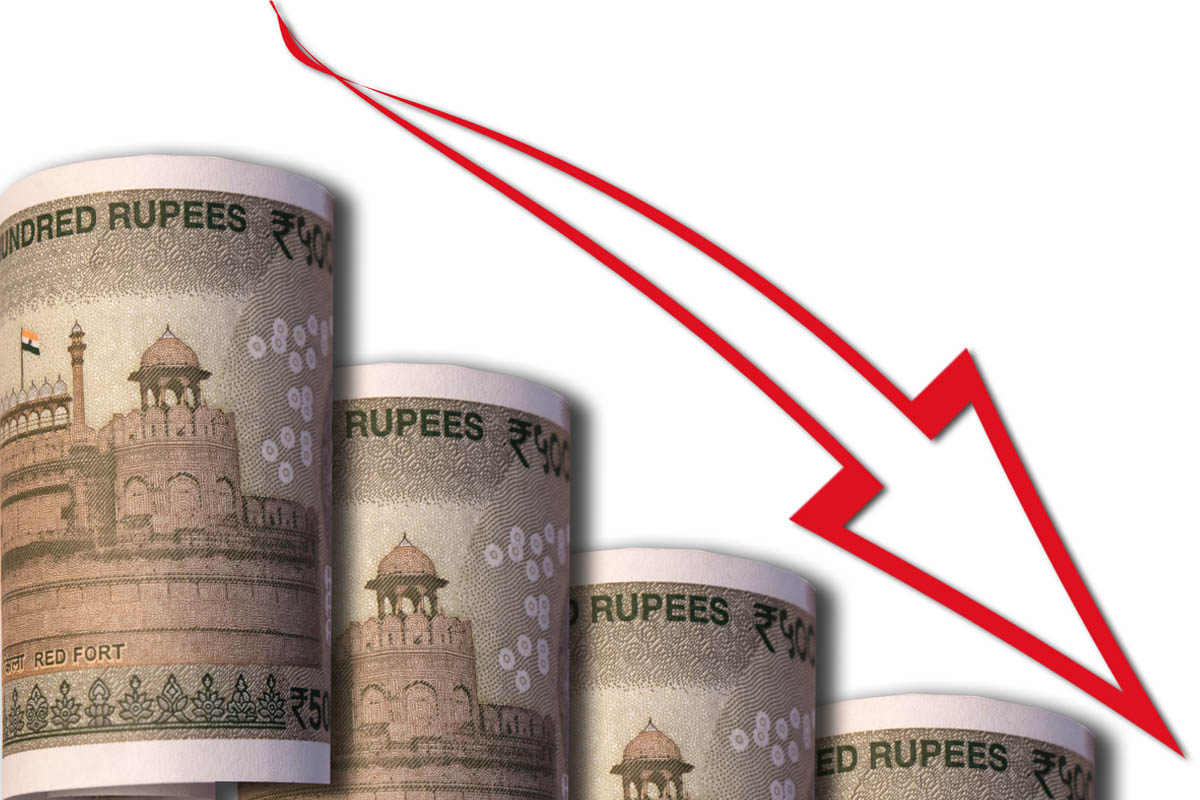Rising vegetable prices, particularly that of onions, were reflected in the retail inflation, based on Consumer Price Index (CPI), which rose sharply to 7.35 per cent in December 2019. The inflation rate was up from 5.54 per cent in the previous month of November and 2.11 per cent a year ago in December 2018.
The overall inflation in food, as reflected in the Consumer Food Price Index (CFPI) rose to 14.12 per cent in December 2019 as against 10.01 per cent in November and -2.65 in December 2018, according to data released by the National Statistical Office (NSO) on Monday.
Advertisement
The all-India annual inflation rate was the highest in the vegetable segment, which was 60.5 per cent in December 2019. The inflation in “pulses and products” stood at 15.44 per cent, while in the case of “meat and fish” it was nearly 10 per cent.
The lowest retail inflation rate was in the “Fuel and light” segment, which recorded 0.70 per cent.
The Union government has mandated the Reserve Bank of India to keep inflation in the range of 4 per cent with a margin of 2 per cent on either side. The RBI, which mainly factors in the CPI-based inflation, is scheduled to announce its next bi-monthly monetary policy on February 6. In its December policy, the central bank, which had been reducing rates, had kept the repo rate unchanged citing inflationary concerns.
In its reaction to the escalation in CPI inflation stoked by high food inflation, the PHD Chamber of Commerce and Industry (PHDCCI) said it is majorly because of sustained cold wave in the month of December and disruption in the supply of food items.
“Inflation will come down very soon as supply of these items is improving significantly,” PHDCCI president D K Aggarwal said. “We don’t expect that the rise in inflation rate is sustainable; the average inflation should remain at around 5.5 per cent for the current financial year. Going ahead, we look forward to the continuation of softer stance of monetary policy by RBI to spur investments and consumption demand in the coming times.”









